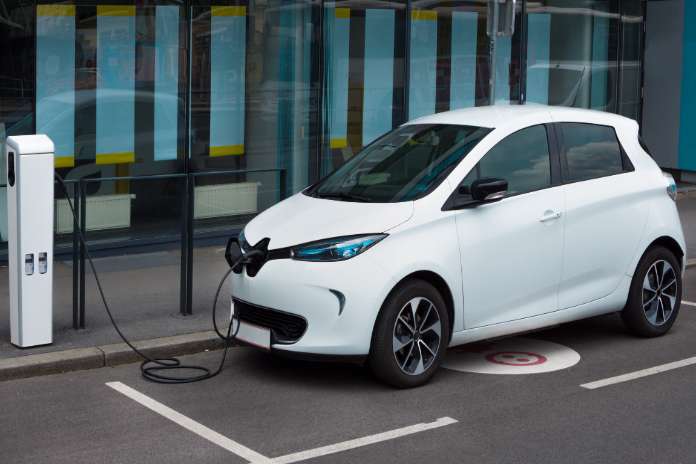The automotive industry is constantly evolving, with new models and technologies shifting consumer preferences and market dynamics. Among these fluctuations, some cars are notorious for losing value faster than others. Understanding the factors that contribute to such depreciation can help potential buyers make informed decisions. Vehicles like electric cars and luxury sedans often see significant drops in value due to various reasons, including technological advancements and market saturation. For instance, models from Tesla (NASDAQ:TSLA) have been observed to depreciate rapidly, especially as newer versions with enhanced features are released frequently.
Depreciation is a natural part of vehicle ownership, but certain cars suffer more than others. One of the primary reasons is the rapid pace of technological advancements. Electric vehicles, while gaining popularity, often see older models become obsolete quickly as battery technology and range improvements are introduced. This can significantly affect the resale value of earlier models. Luxury cars, on the other hand, tend to depreciate swiftly due to high initial costs and a limited market for second-hand purchases, as buyers in this segment often prefer new, customized vehicles.
Another factor contributing to fast depreciation is the brand perception and market demand. Brands that frequently update their models or have a reputation for high maintenance costs can deter potential buyers, impacting resale values. Cars from brands like BMW and Mercedes-Benz, despite being prestigious, often face depreciation challenges due to high ownership costs and frequent model updates.
Additionally, economic factors and fuel prices play a role. When fuel prices rise, large SUVs and trucks tend to lose value quicker as consumers shift towards more fuel-efficient options. Conversely, when gas prices are low, the demand for these vehicles may increase, temporarily stabilizing their value.
Understanding these trends is crucial for consumers looking to purchase a vehicle with better long-term value retention. By considering factors such as brand reputation, maintenance costs, and the pace of technological advancements, buyers can make more strategic decisions that align with their financial goals.
Featured Image: Megapixl @ Scottcod



